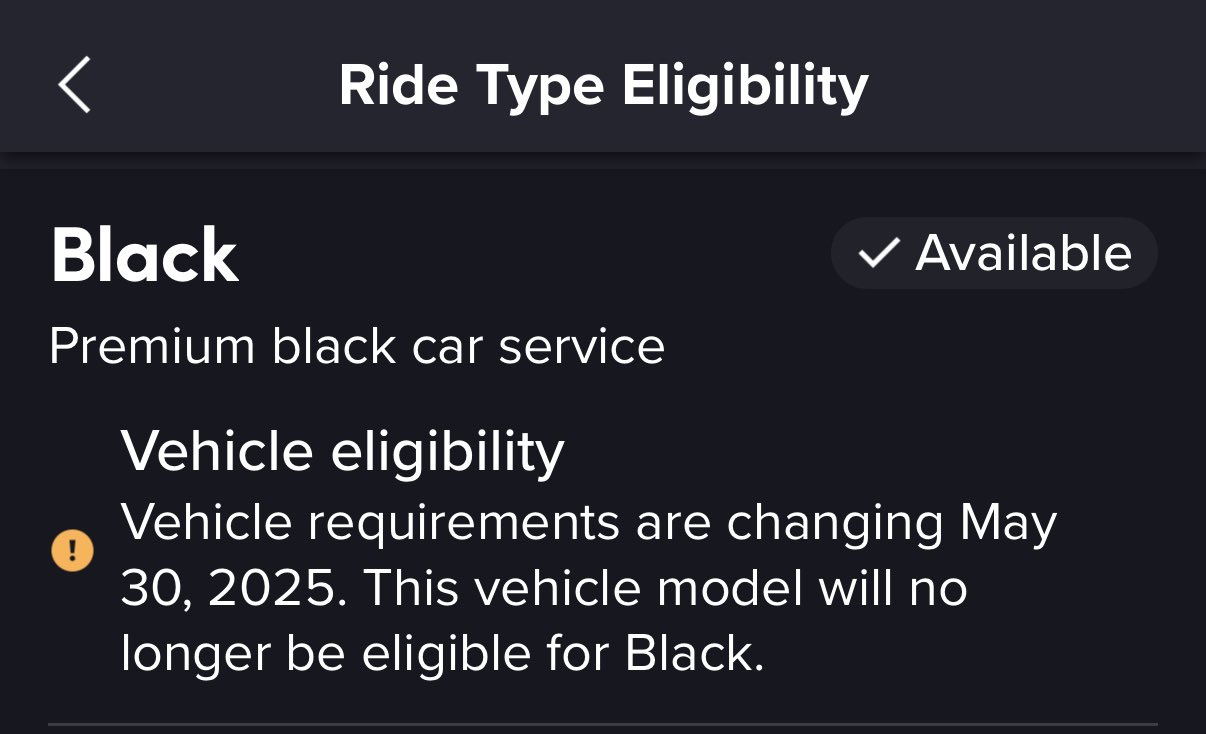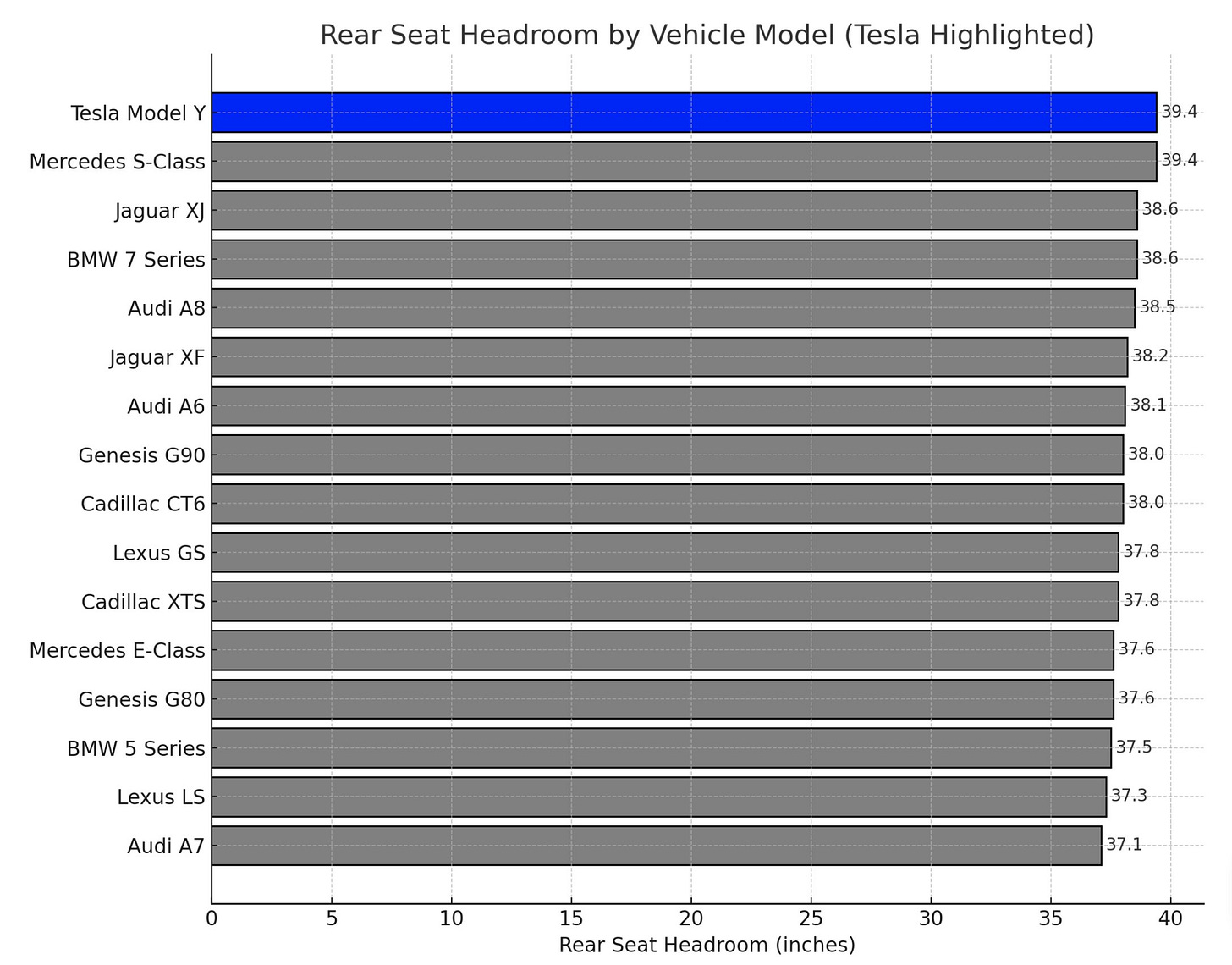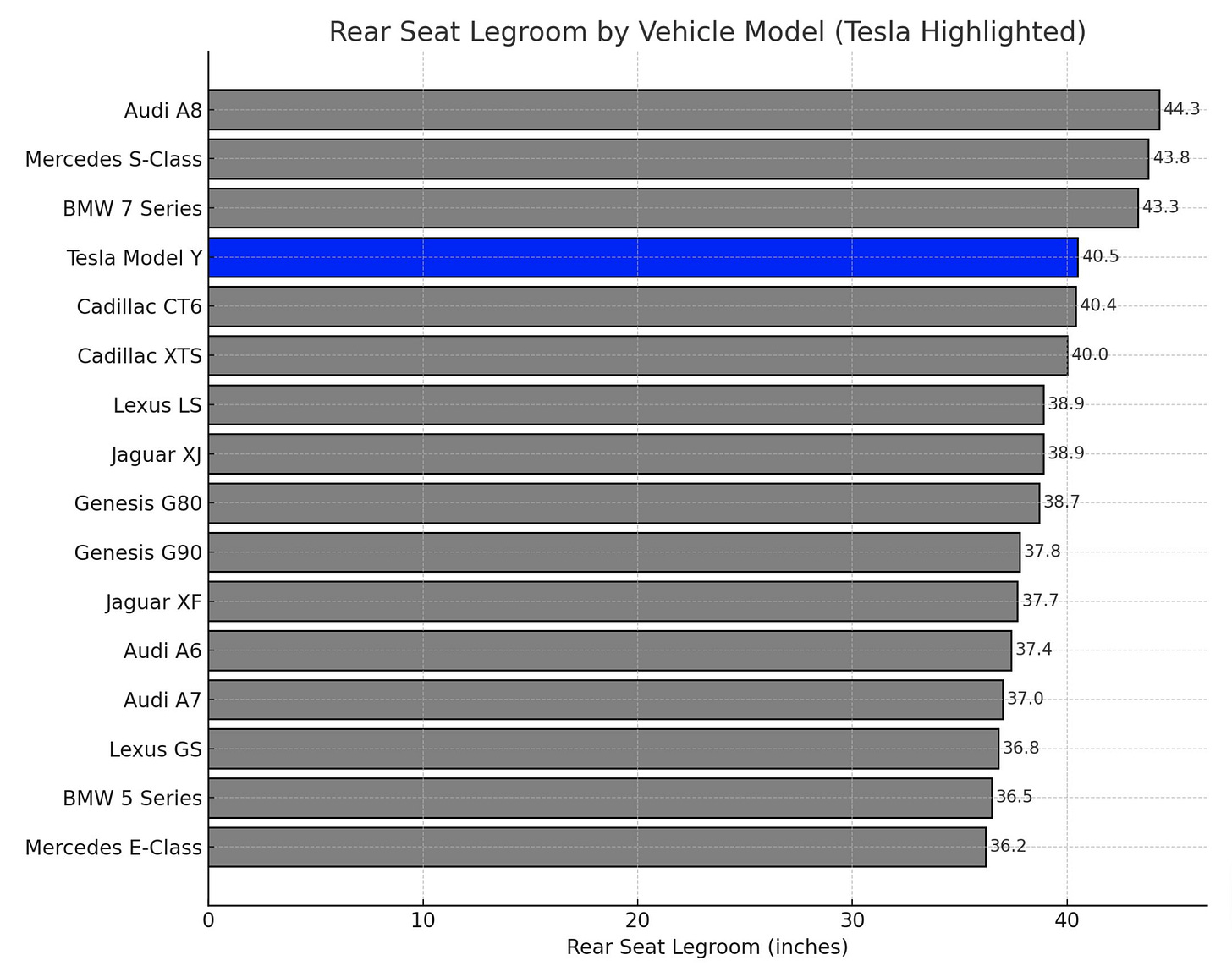Why Would Lyft Do This to Y Drivers?
Rumor has it that Lyft is removing Tesla Ys from their Black platform. Hopefully it's false.
Allow me to take a break from sharing some of my favorite rideshare tales to talk about something that—if it's true—fucking sucks on a lot of levels.
Allegedly, Lyft is about to make a change, with no warning, that will affect tons of drivers like me who bought Tesla Ys primarily to drive for Lyft.
Over the years, both rideshare companies have been criticized for causing traffic and polluting the air because many of their drivers circle the streets between rides, trying to find the next passenger. This indeed adds to congestion and pollution—and in 2019, the companies even admitted the critics were right.
In response, Uber partnered with Tesla and Hertz in 2021 to make electric cars available for rent and purchase by drivers. Both companies also created bonuses for EV drivers to encourage a shift from internal combustion engines to electric vehicles.
Lyft even published a five-part series in their blog in 2023 offering advice to prospective EV buyers.

Longtime rideshare drivers often have to buy new (or gently used) vehicles more frequently because the miles rack up fast. I’m currently on my third car—a 2023 Tesla Y.
I started a decade ago with the fuel-efficient Ford C-Max, but switched to the Mercedes C250 to qualify for Uber and Lyft’s premium tier. After years of wear and tear, my local mechanic—whom I had begun visiting monthly—told me I really should consider a new car.
I took his advice and got a Tesla Y last year.

I bought the Y for several reasons: big trunk, lots of legroom, and charging is cheaper than gas—even when exclusively using Superchargers.
I also bought it because, as an electric vehicle, the repairs and maintenance are minimal. Tires, windshield wipers, washer fluid, and car washes tend to be the bulk of the extra work an EV requires.
But what sealed the deal was that the Tesla Y qualified for Lyft Black, the premium tier that pays drivers significantly more than the standard levels.
How good is Black for drivers? On the standard tiers, Uber and Lyft tend to cap earnings at around $30 an hour. A 30-minute trip will net you $13–$15. An hour-long ride brings in about $25–$30.
On Black, it's often double that—and sometimes even more.
Which is probably why William Shakespeare once said: when you go Black, you don’t go back.
Lyft charges passengers a premium to ride in a clean luxury car with a highly rated driver—and the driver gets a decent cut.
Everyone wins.
You’re still not going to get rich (anymore) driving Lyft, but every now and then, a $50 airport ride reminds you of the old days—when bonuses, surges, and a fairer fare split made that more common.
That beautiful Black trip puts a little pep back in your step and turns a so-so day into a good one.
What these companies may not realize is that, a lot of times, it kept us driving a little longer. We respond positively when we are rewarded positively. Crazy, I know.
The other day, some drivers discovered—deep in the app—that the Tesla Y would soon no longer be eligible for Black in their area.
Hopefully, this is a mistake or, at the very least, won’t spread nationwide.
No one knows for sure, because rideshare companies like to spring things on drivers with little to no explanation.
Technically, because we’re not their employees, they act like they don’t owe us explanations, input, or insights we could actually use. But since drivers are central to their business, it sure would be nice to be treated like actual partners.
As of today, Lyft’s website only states that Model Ys onboarded after a month and a half ago won’t be eligible. So maybe those of us who already drive our Ys on Black are in the clear?
Let’s pray.
This isn’t a new thing drivers must endure and adjust to.
It’s just one more addition to the long list of challenges that come with being an independent contractor working at the whims of a publicly traded company that constantly feels the need to tinker.
Tinker away. Go crazy. But maybe consult longtime drivers like me—or Sergio, cohost of The Rideshare Guy’s amazing Show Me The Money talk show—when you're in the planning stages of grand ideas.
We might ask: Why would you even consider taking tens of thousands of cars off a platform that earns you extra money?
If a driver makes $50 on a Black ride, that’s because Lyft charged the passenger $110. Of all the things to tweak, that’s the move?
Why on earth would you want to limit that pool of drivers for those passengers?
And if the fear is that “a 2025 luxury rider doesn’t want a Tesla because they’re too common,” then why not give them options?
When Uber and Lyft launched, they sidestepped taxi and limo regulations by claiming to be tech companies—not transportation companies.
Fine. Then be a Tech company that simply matches passengers with drivers. If a Tesla Y qualifies for Black today, let it qualify tomorrow.
And if you’re truly concerned that it won’t impress some passengers, then shave 5% off the fare.
But the numbers don’t lie. In terms of comfort, the Tesla Y ties with the Mercedes S-Class for #1 among Black-eligible vehicles.
And when it comes to legroom, it tops every other U.S.-made luxury vehicle on the Black list.
Lyft’s corporate goal should be the same as mine: deliver an extremely comfortable, incident-free ride every time.
Removing a vehicle from the Black list that’s environmentally friendly, aligns with the companies’ green agenda, and offers above-average head- and legroom feels like a poor move. It also leaves tens of thousands of drivers feeling betrayed—by the one company that used to be the Good Guys.
Let’s hope Lyft keeps the Y on Black.











Did you see the NYT story about ride sharing at LAX?